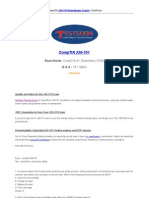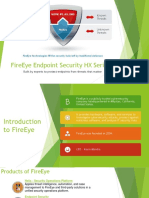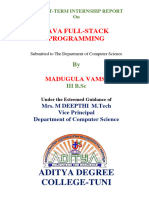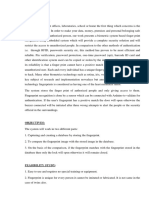0% found this document useful (0 votes)
293 views3 pagesCompTIA CySA Study Notes
The document provides detailed study notes for the CompTIA CySA+ (CS0-003) exam, covering key topics such as threat and vulnerability management, security operations, incident response, tools and techniques, security architecture, governance, risk, compliance, and reporting metrics. It includes specific examples of vulnerabilities, incident response phases, and various security frameworks. Additionally, it highlights the importance of monitoring, detection, and effective reporting in cybersecurity practices.
Uploaded by
Sugam SinhaCopyright
© © All Rights Reserved
We take content rights seriously. If you suspect this is your content, claim it here.
Available Formats
Download as PDF, TXT or read online on Scribd
0% found this document useful (0 votes)
293 views3 pagesCompTIA CySA Study Notes
The document provides detailed study notes for the CompTIA CySA+ (CS0-003) exam, covering key topics such as threat and vulnerability management, security operations, incident response, tools and techniques, security architecture, governance, risk, compliance, and reporting metrics. It includes specific examples of vulnerabilities, incident response phases, and various security frameworks. Additionally, it highlights the importance of monitoring, detection, and effective reporting in cybersecurity practices.
Uploaded by
Sugam SinhaCopyright
© © All Rights Reserved
We take content rights seriously. If you suspect this is your content, claim it here.
Available Formats
Download as PDF, TXT or read online on Scribd
/ 3

























































































